Oba Hortifruti nutritionist, Renata Guirau, lists fruits and vegetables that help take care of the seasonal body
Autumn marks the beginning of a drop in temperatures and the body often begins to feel this change. Taking care of your diet and preparing your body for colder climates helps keep your immunity high and prevent disease. Oba Hortifruti’s nutritionist, Renata Guiraulists which fruits and vegetables should be consumed in the new season and the benefits they bring to health.
“At this time of year we more easily find certain foods which, in addition to being tastier, are generally more nutritious, because they are harvested products”, explains the expert. He makes a list of some items that should be part of your meals to help keep you healthy.
Persimmon branch strong and fuyu
Good sources of vitamin C, beta-carotene and lycopene, antioxidants that strengthen the immune system, help skin health, wound healing and prevention of chronic diseases, such as heart disease. “These foods are a great option to eat between large meals or even as dessert,” says the nutritionist.
Muscat grapes

With a sweet flavor, it provides energy and contains fibers that help intestinal function, and a good amount of antioxidants that help fight free radicals. “Ideal to consume as desserts, fruit salads, in recipes or even between meals.”
yellow kiwi
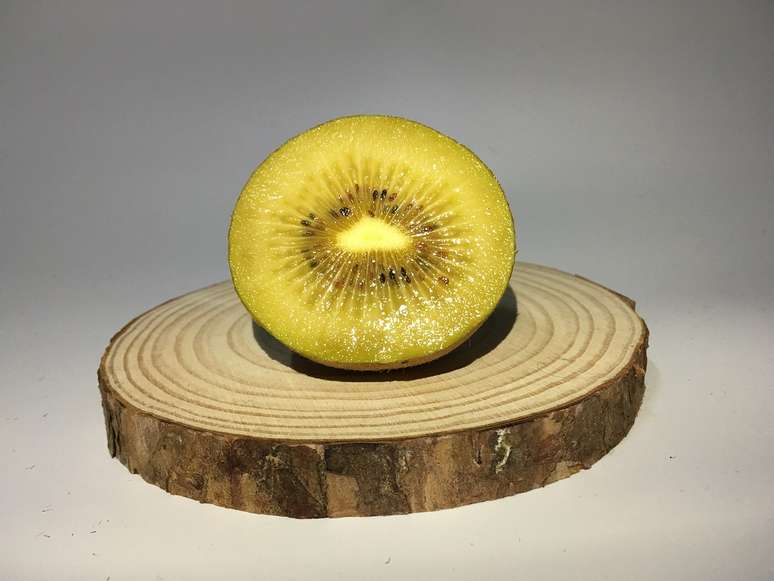
Sweeter than the green variety, it is pleasant for its less acidic flavor and is an excellent source of vitamin C. “It is low in calories and can be consumed fresh, as part of fruit salads, in smoothies or homemade popsicles.”
mandarin
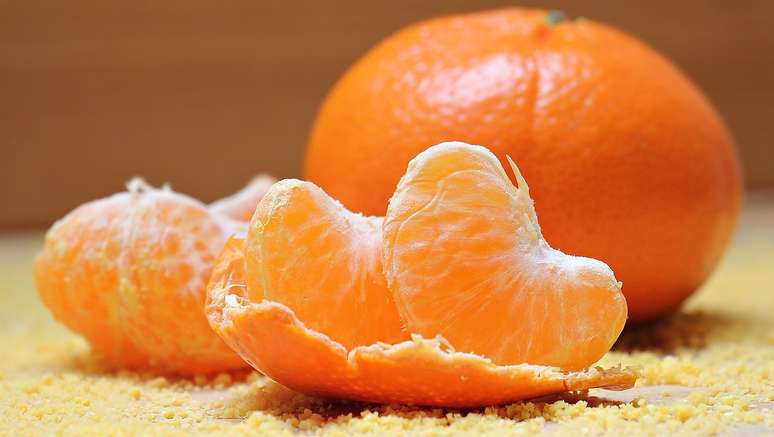
Provides a good amount of vitamin C and beta-carotene. “A very practical fruit to consume throughout the day, it has few calories and an excellent quantity of fibre, ideal for those who need to improve intestinal transit.”
Avocado
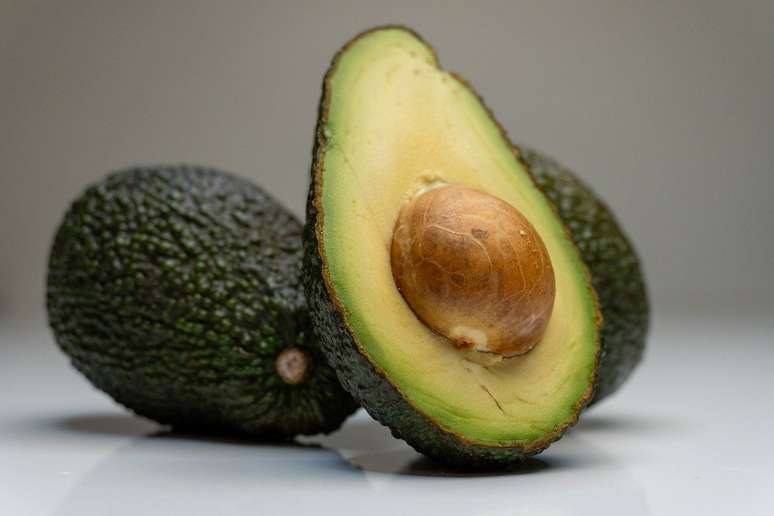
Fruit rich in good fats, which help the feeling of satiety and the growth of good bacteria in the intestine. “Versatile, it can be consumed at every meal of the day, such as on bread at breakfast, in guacamole at main meals, in the form of a smoothie for snacks.”
Pear Williams
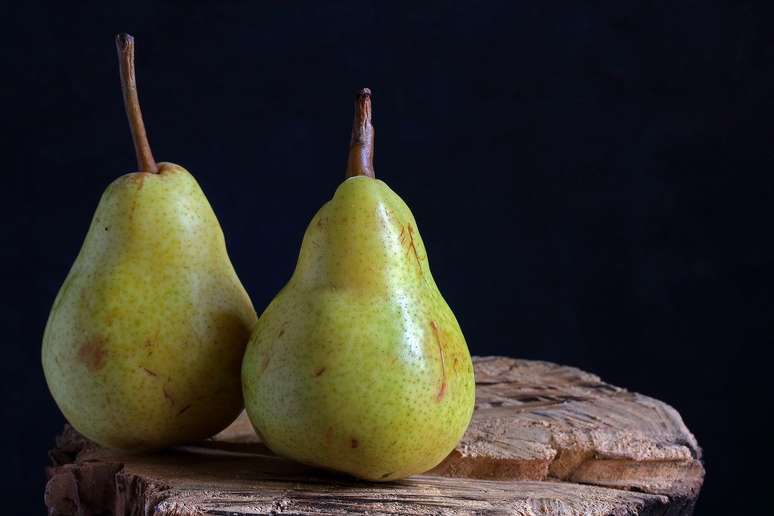
Thanks to its high fiber content, it helps modulate intestinal function. It also works to improve the sense of satiety, as well as being a source of minerals such as calcium and potassium, which are important for muscle health. “A very practical fruit, to carry in your bag and consume as a snack.”
Mandioquinha or baroa potato
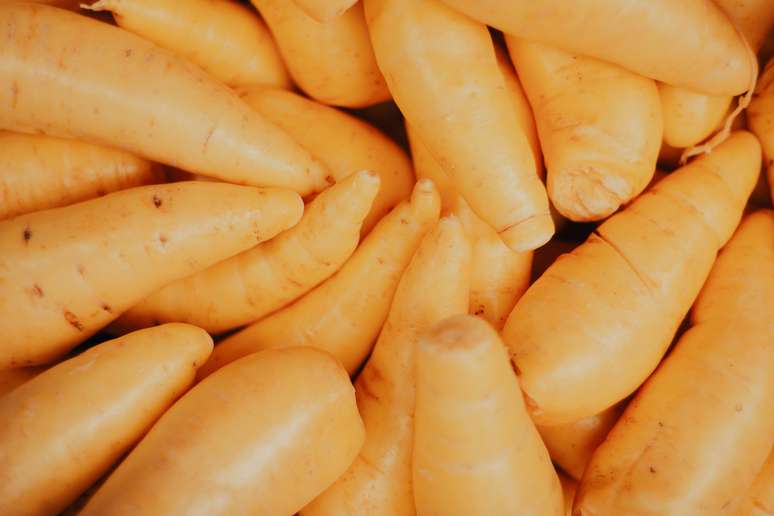
Root that provides a large amount of energy in the form of carbohydrates. “It can be consumed in main meals, even as a substitute for rice.”
Grape tomato
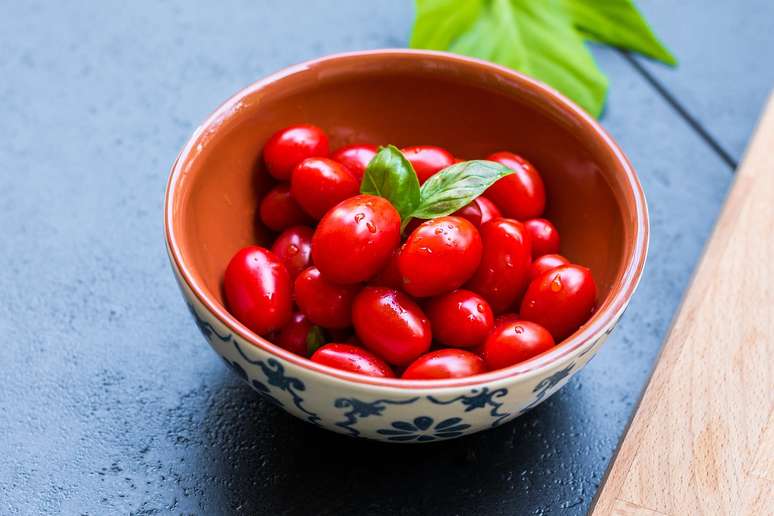
Excellent source of lycopene, an antioxidant associated with the prevention of heart disease and prostate cancer. “Excellent to consume as a salad, roasted with vegetables and in the form of sauces, remembering that every time the tomato is heated, our body uses the lycopene contained in its pulp even more.”
Catalonia
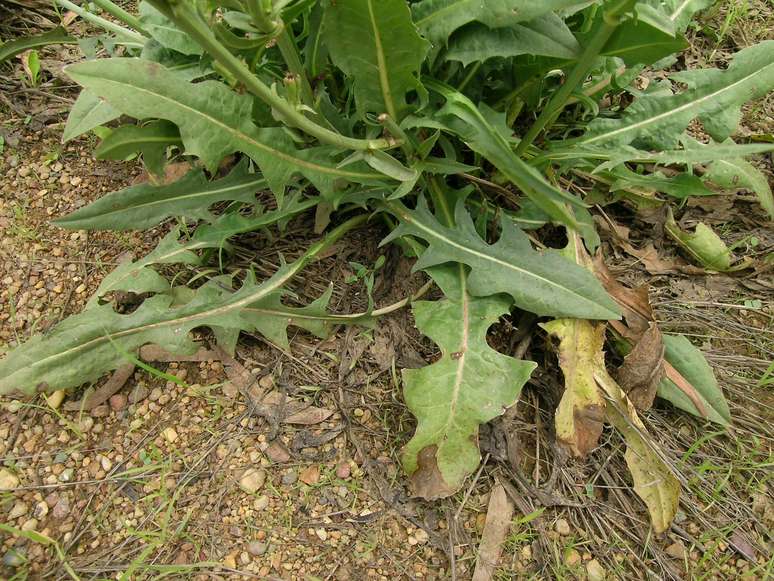
A rarely consumed leaf, it is rich in inulin, a fiber that has a prebiotic action and acts directly on intestinal health. Contains vitamin A and iron, which prevent anemia and help cell renewal. “The most common form of consumption is raw, in salads.”
Radish
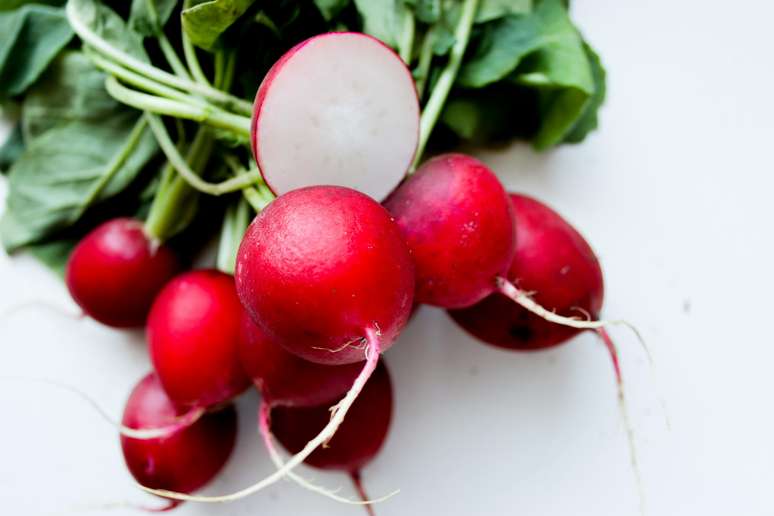
Vegetable rich in fibre, which helps the feeling of satiety and good digestibility. It has diuretic properties, which help prevent fluid retention and prevent urinary infections. “It is mainly consumed in salads, grated or sliced, and has a slightly peppery flavour.”
Source: Terra
Ben Stock is a lifestyle journalist and author at Gossipify. He writes about topics such as health, wellness, travel, food and home decor. He provides practical advice and inspiration to improve well-being, keeps readers up to date with latest lifestyle news and trends, known for his engaging writing style, in-depth analysis and unique perspectives.








